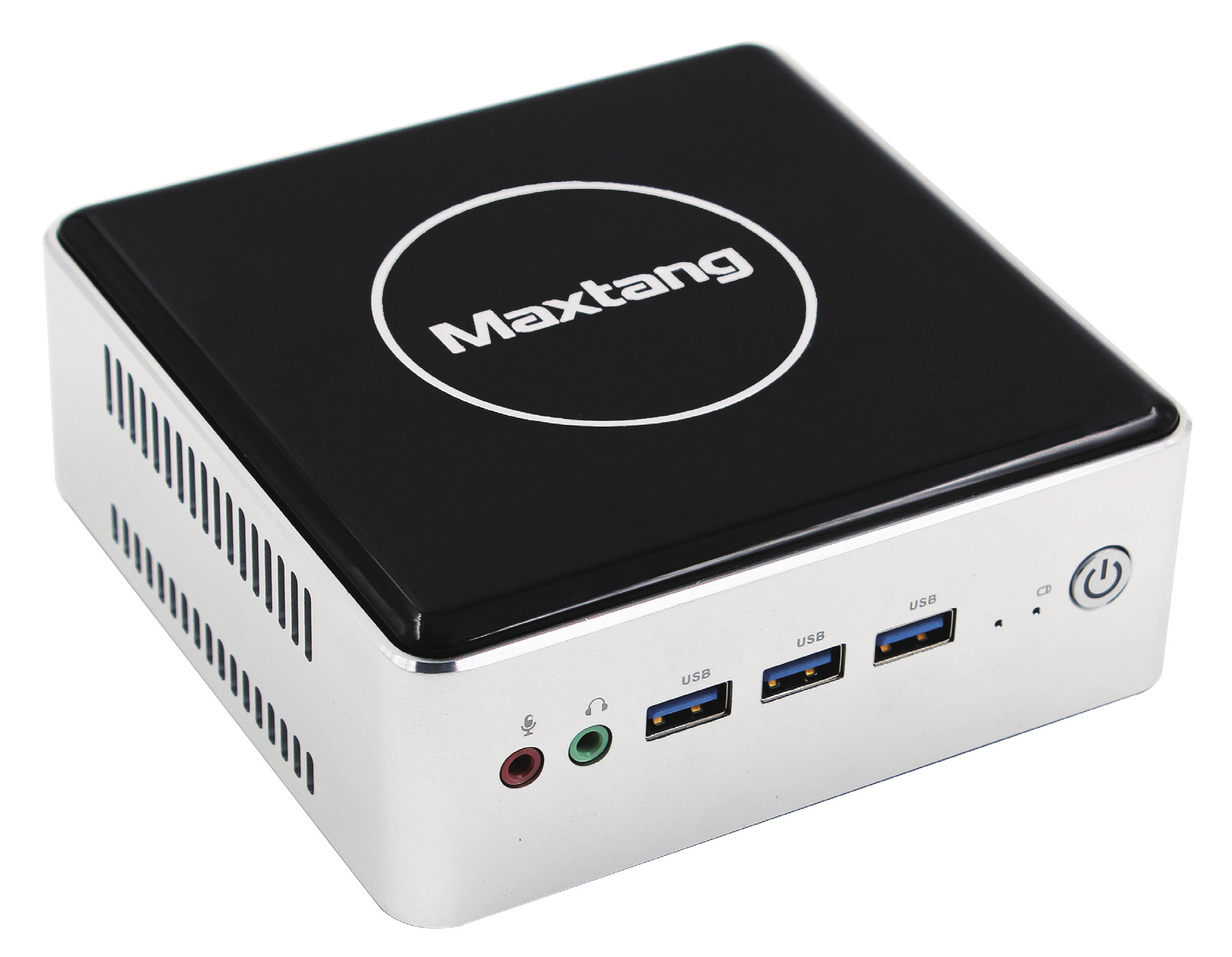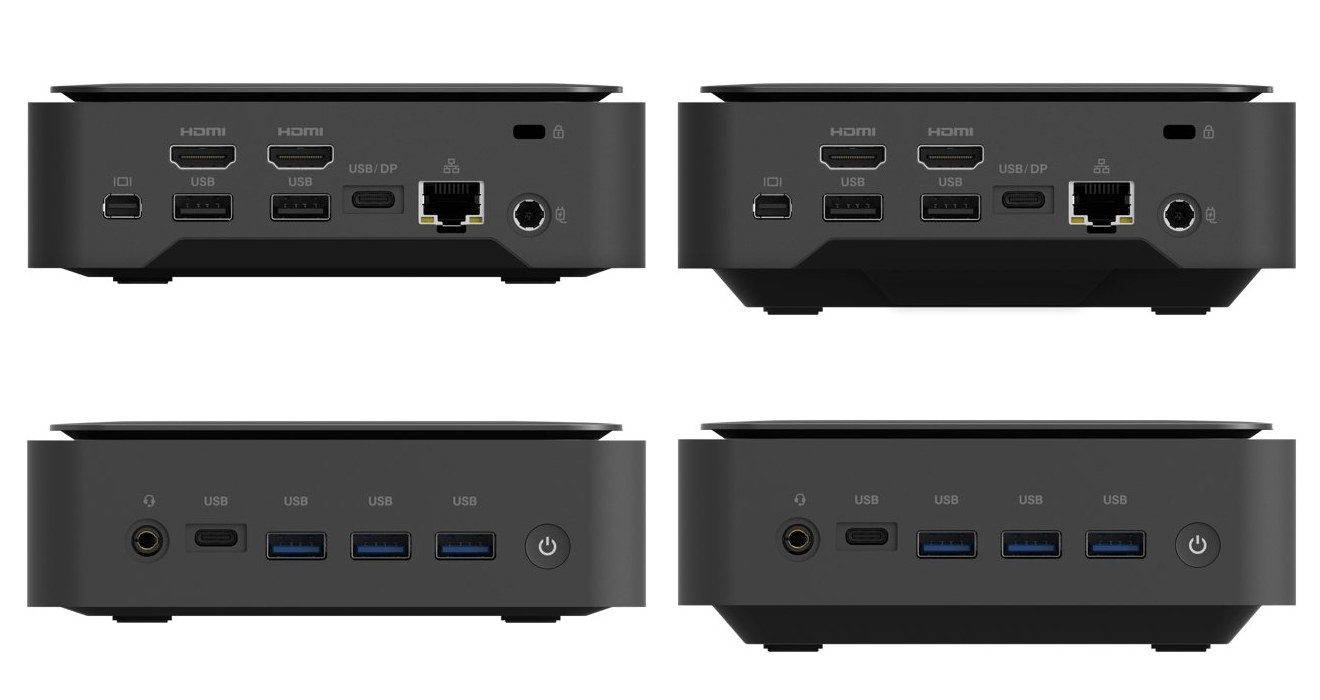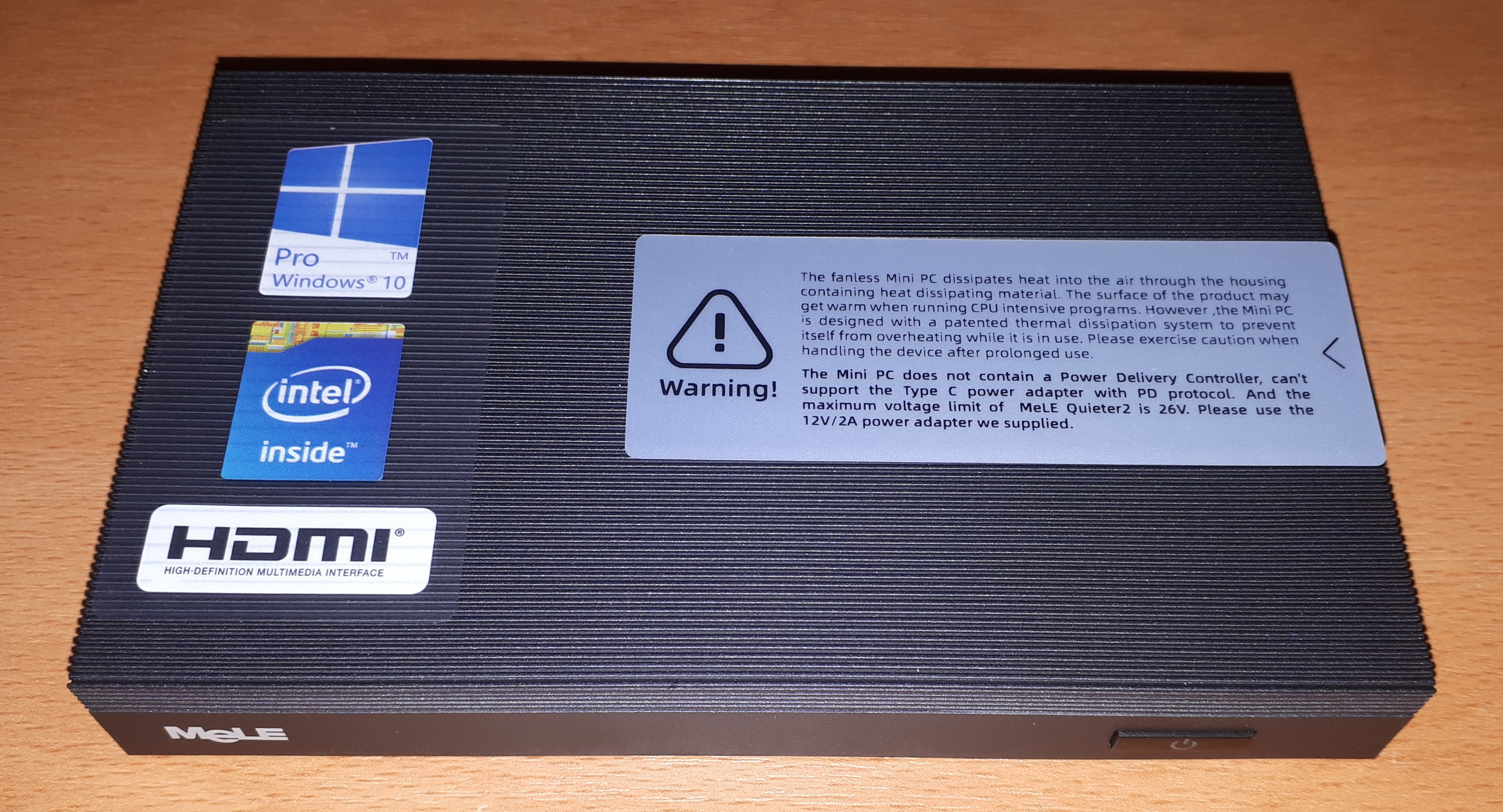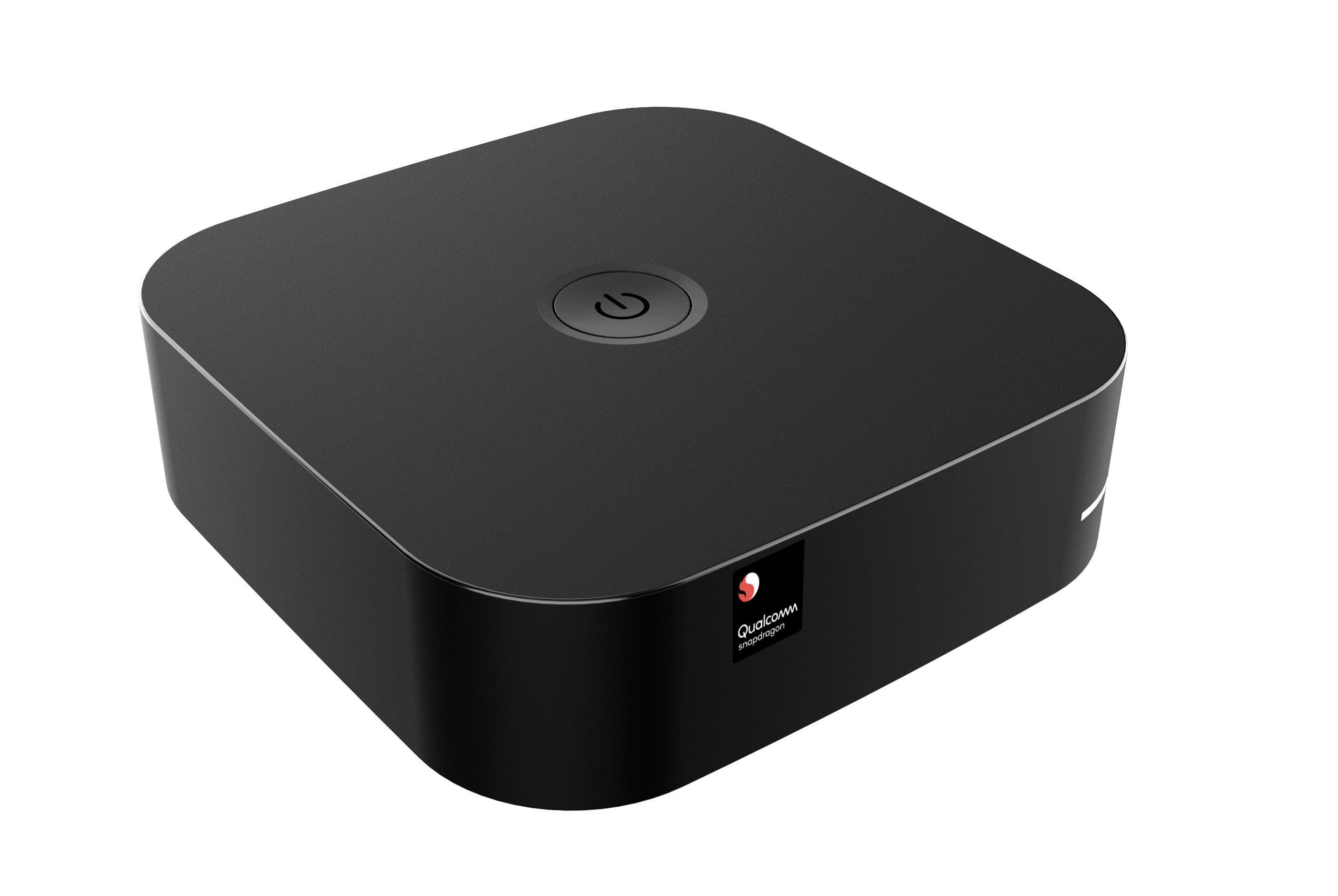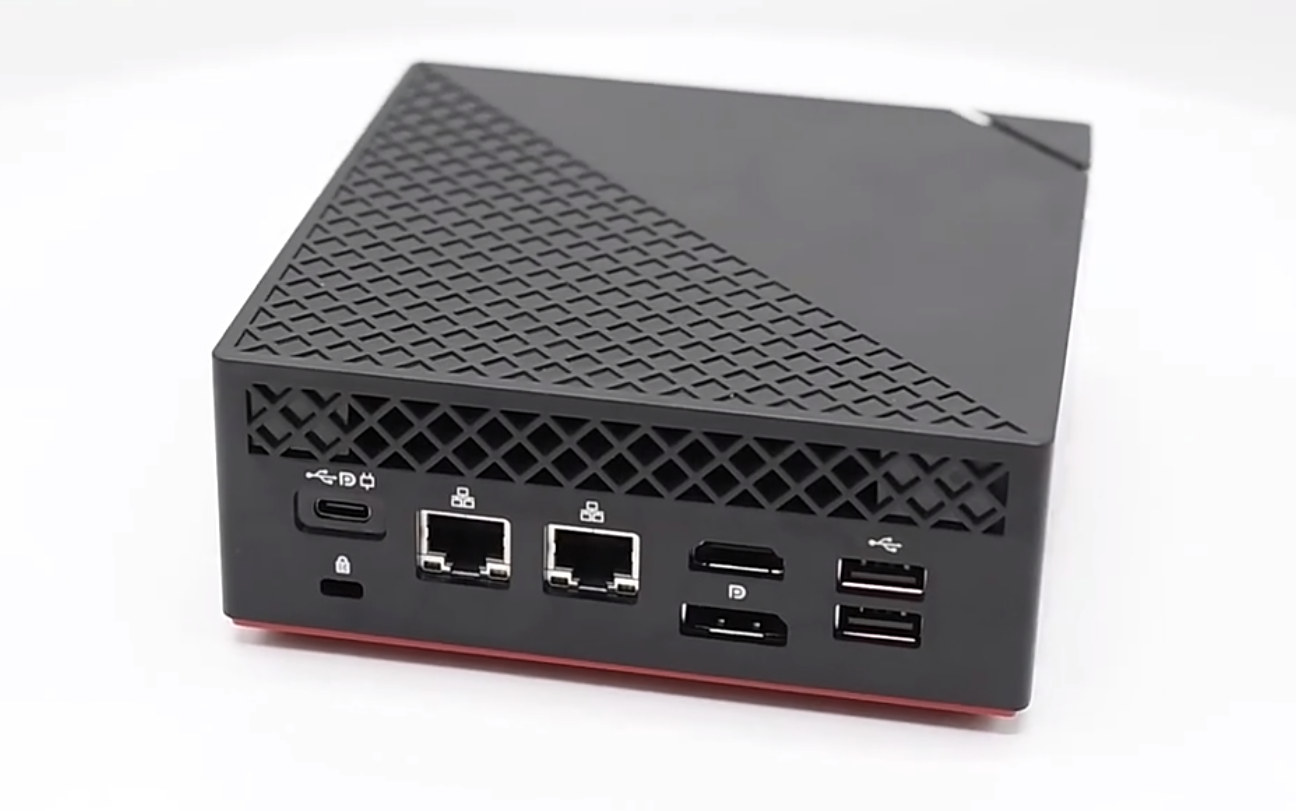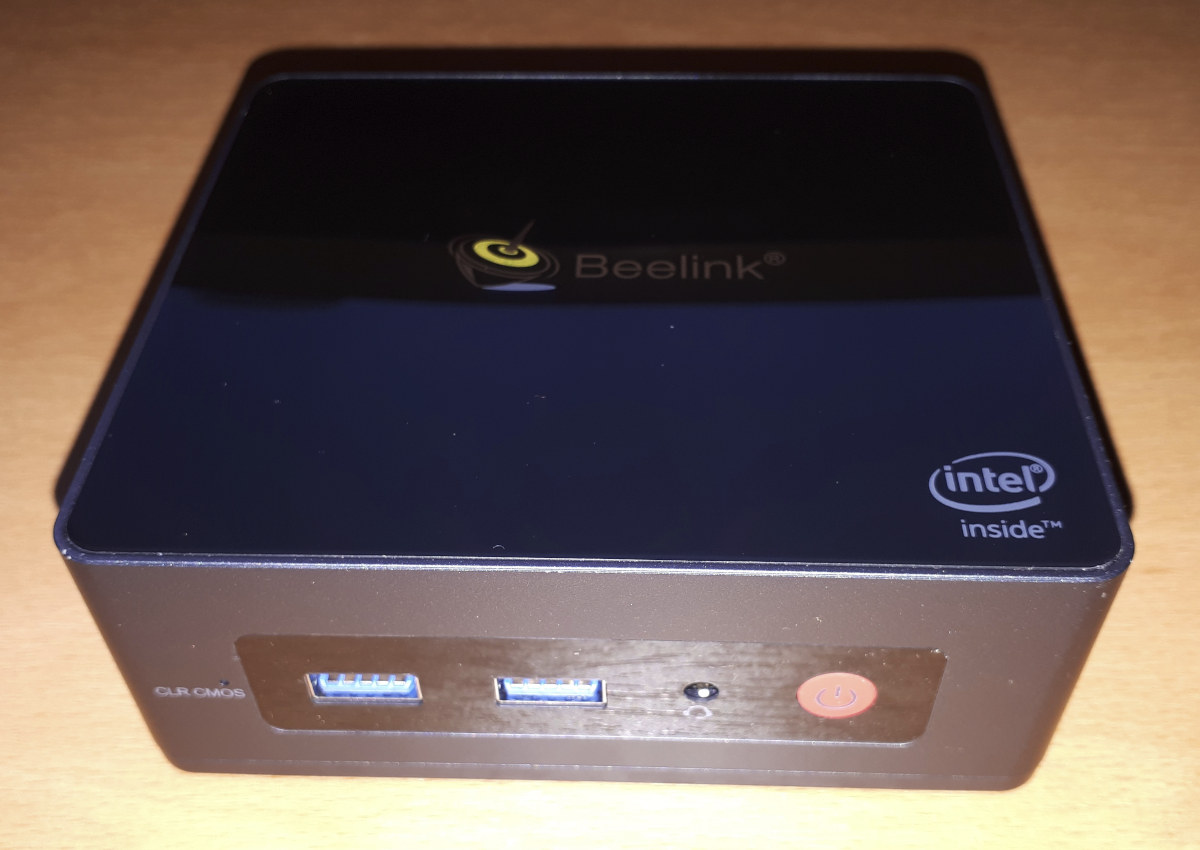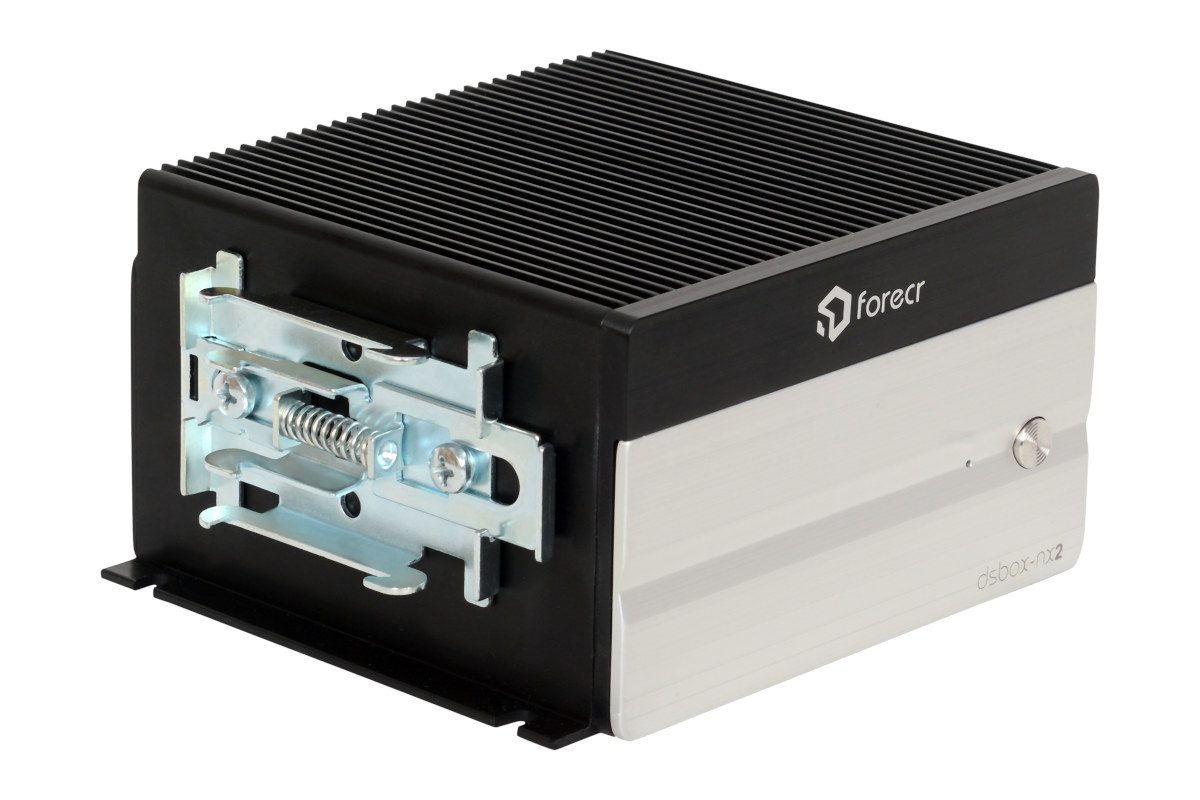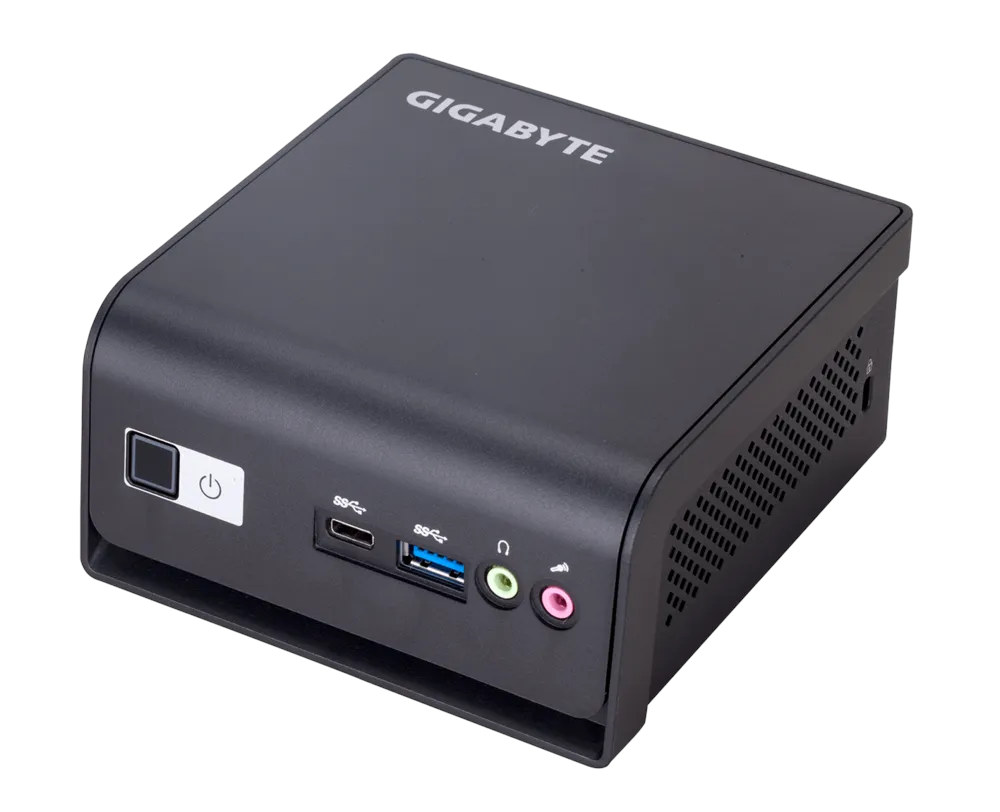While there’s a fair amount of AMD mini PC’s, few target the low-cost segment of the market. Maxtang MTN-FP50 offers a cheaper option with either AMD 3020e dual-core APU or AMD Ryzen Embedded R1305 dual-core processor, and pricing starting at around $250 shipped with 4GB RAM and 128GB storage. The mini PC is equipped with two HDMI ports for dual 4K monitor setups, Gigabit Ethernet, five USB 3.0/2.0 ports, and can be upgraded in various ways thanks to SO-DIMM sockets for up to 64GB RAM, M.2 socket for SSD, SATA port for a 2.5-inch drive, and another M.2 slot for the wireless module. Maxtang MTN-FP50 specifications: SoC Mobile processor – AMD 3020E APU with 2-core/2-thread processor @ 1.2GHz / 2.6 GHz (Max Boost frequency, 3x CU Radeon Vega 3 graphics @ 1.0 GHz ; 6W TDP (The manufacturer offers optional AMD 2500U or 3500U 15W processor) Embedded processor – AMD […]
AMD Ryzen 5000U mini PCs coming soon from ASRock and GIGABYTE
Last year, AMD introduced the Ryzen 4000-U Series mobile processors for laptops but we soon got news of mini PCs based on the processor with devices such as MINISFORUM DeskMini HM50 or ASRock Mars 4000U. So it should not be surprising that we got some updates at Computex 2021 with companies announcing AMD Ryzen 5000U powered mini PCs with the likes of new GIGABYTE BRIX models and ASRock Mars 5000U which are expected to become available in the second half of the year. GIGABYTE BRIX Ryzen 5000U mini PCs Preliminary specifications: SoC -Up to a 15-watt Ryzen 5000U “Cezanne” processor with 8x Zen 3 CPU cores, 16 threads, and Radeon Vega graphics. System Memory – Up to 64GB of DDR4-3200 via two SODIMM slots Storage – M.2 2280 slot for PCIe 3.0 x4 (NVMe) or SATA SSD. The high-profile model will also include an internal 2.5-inch drive bay. Video Outputs […]
MeLE Quieter2 Review – Windows 10, Ubuntu 20.04, and eGPU
MeLE has recently released a passive mini PC called the Quieter2. What is particularly interesting is that whilst it only has a low-powered Intel Celeron CPU it also supports an M.2 2280 NVMe SSD drive which theoretically makes using an eGPU possible. MeLE provided a 99% discount coupon so that I could purchase one for review and the results from various testing are detailed below. Hardware Overview The Quieter2 physically consists of a 131 x 81 x 18.3mm (5.16 x 3.19 x 0.72 inches) rectangular plastic case with a metal base plate. The top half of the case is finely grooved to mimic the fins of a heat spreader but is made of plastic rather than metal to allow reception to the WiFi antennas as one is directly connected to it. As a passively cooled mini PC, it uses Intel’s 14 nm J4125 Gemini Lake Refresh processor which is a […]
Snapdragon QC710 Developer Kit targets Windows 10 on Arm app development
In order to encourage developers to port their apps to Windows 10 on Arm, Qualcomm and Microsoft have announced the Snapdragon Developer Kit based on a Snapdragon Compute platform and aiming to provide a cost-efficient platform that will be less costly than a laptop. The development kit looks like a mini PC, and while the full specs have not been announced, it could well be powered by the just-announced Snapdragon 7c Gen 2 processor, itself a cheaper version of Snapdragon 7c. Qualcomm did not share photos of all the ports from the developer kit, but the photos we’ve got come with “QC710” file name, and reveal a power button on the top, an LED on one corner, two USB ports, a MicroSD card slot, and a SIM card socket. I’d assume at least one HDMI or DisplayPort at the back, and possibly an Ethernet port, but we just don’t know […]
TOPTON D3 mini desktop features AMD Ryzen 5 4500U mobile processor
TOPTON D3 is an AMD Ryzen 5 4500U mini (desktop) PC that adds to the list of compact computers such as ASRock Mars 4000U or ASRock 4×4 BOX-4800U based on 15W AMD Ryzen 4000-series mobile processors. The mini PC offers two DDR4 SODIMM sockets, NVMe SSD storage, two Gigabit Ethernet ports, WiFI 6, as well as three 4K video outputs through HDMI, DisplayPort, and USB-C ports. TOPTON D3 (tentative) specifications: SoC – AMD Ryzen 5 4500U hexa-core/hexa-thread processor @ 2.3 GHz / 4.0 GHz (Turbo) with 11MB cache, Radeon Vega 6 Graphics ; 15W TDP System Memory – 2x SODIMM DDR4 sockets for up to 32GB RAM Storage – M.2 socket for up to to 1TB M.2 2280 NVMe SSD, 2.5-inch SATA bay for up to 2TB SATA HDD (as per default configuration options) Video Output HDMI 2.0 up to 4Kp60 DisplayPort up to 4Kp60 USB-C up to 4Kp60 using […]
Beelink GKmini Review – An Intel Celeron J4125 mini PC reviewed with Windows 10 Pro, Ubuntu 20.04
Beelink have recently released another small form factor (SFF) design similar to the traditional Intel ‘NUC’ called the GKmini which they have provided for review. Available as a fully configured Windows 10 Pro mini PC means it can be up and running straight out of the box. Hardware Overview The Beelink GKmini physically consists of a 115mm x 102mm x 43mm (4.53 x 4.02 x 1.69 inches) rectangular plastic case. It is an actively cooled mini PC and uses Intel’s 14 nm J4125 Gemini Lake Refresh processor which is a quad-core 4-thread 2.00 GHz processor boosting to 2.70 GHz with Intel’s UHD Graphics 600. The front panel has a power button, a headphone jack, two USB 3.0 ports, and a ‘CLR CMOS’ pinhole that leads to a button which when pressed clears the CMOS. The rear panel includes the power jack, dual HDMI ports, a gigabit Ethernet port, a further […]
DSBOX-NX2 – An NVIDIA Jetson Xavier NX Industrial Fanless PC
Turkish company Forecr has launched DSBOX-NX2 NVIDIA Jetson Xavier NX based industrial fanless PC equipped with the company’s own DSBoard-NX2 carrier board and designed for “multi-stream deep learning edge analytics” and IIoT applications. The compact embedded computer comes with 8GB RAM, up to 2TB SSD storage, as well as HDMI 2.0 output, Gigabit Ethernet, two USB 3.1 ports for high resolution cameras, serial ports, and some GPIOs among other features. Forecr DSBOX-NX2 specifications: System-on-Module – NVIDIA Jetson Xavier NX module with hexa-core NVIDIA Carmel ARM v8.2 64-bit processor, NVIDIA Volta GPU with 384 CUDA core & 48 Tensor Cores, 8 GB 128-bit LPDDR4x, 16GB eMMC flash Storage – M.2 Key M SSD slot, MicroSD card slot Video Ouput – 1x HDMI 2.0 up to 3840×2160 at 60 Hz Networking Gigabit Ethernet Wireless – WiFi, Bluetooth, 4G LTE, 5G connectivity by extension sockets USB – 2x USB 3.1 Type-A Expansion 1x […]
GIGABYTE GB-BMCE-4500C fanless mini PC features Celeron N4500 Jasper Lake processor
We’ve previously covered a couple of Jasper Lake mini PC’s with the upcoming actively-cooled Intel Atlas Canyon NUC and AC8 fanless mini PC from Newsmay Technology. If you prefer a fanless model but would rather not purchase a model from a little-known company, there will soon be another option with GIGABYTE GB-BMCE-4500C mini PC equipped 6W dual-core Celeron N4500 Jasper Lake SoC, support for up to 16GB RAM, an NVMe/SATA M.2 drive, one 2.5-inch SATA drive, as well as dual 4K video output via HDMI and miniDP ports. GIGABYTE GB-BMCE-4500C specifications: SoC – Intel Celeron N4500 dual-core processor @ 1.1GHz / 2.8GHz (Burst frequency) with Intel UHD graphics; 6W TDP System Memory – Up to 16GB RAM via 1x SO-DIMM DDR4 slot up to 2933MHz Storage M.2 2280 slot for NVMe (PCI-e x2) or SATA SSD SATA 3 for 2.5-inch HDD/SSD (7.0/9.5mm thick) Video Output 1x HDMI 2.0b support 4Kp60 […]


